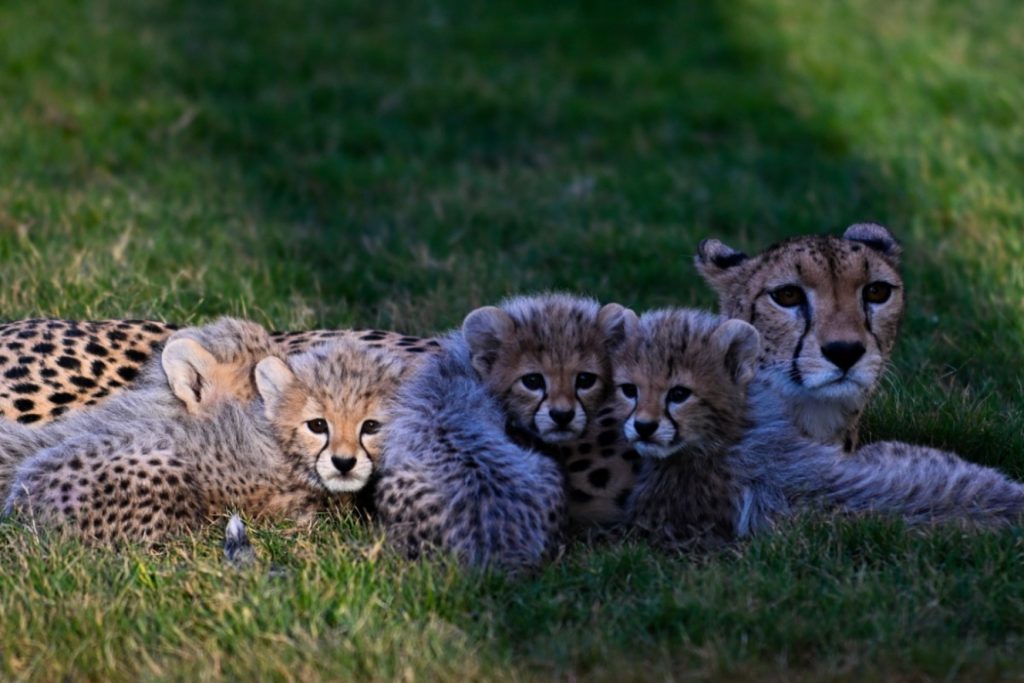
While cheetah are now thought of as an African species, this has not always been the case. Within the lives of living people (admittedly, now quite old), the cheetah was lost from India. This occurred back in 1952. The last cheetah was seen in Israel was 1959. There are a range of countries which the cheetah was lost from in the 20th century. Further back, cheetah lived in the USA and other far flung countries.
Now, it is true, that the Asiatic cheetah is on the verge of extinction in its only home of Iran, with just 12 estimated in the wild in 2022, down from 100 in 2010.
While at times, the government of their only home have made positive noises about saving the Asiatic cheetah, they have also bothered those working to save them, including lengthy prison terms for those working in the field.
I have not been able to find any information about where the mother and father cheetahs came from (given that there are supposed to be no Asiatic cheetah in captivity) still leaving this aside, this could be positive news, provided that the work continues, and these 4 cubs are not merely totemic animals.
If the population of wild Asiatic cheetahs have had such a precipitous fall in the last 12 years, then perhaps it is time for extreme action. If all 12 wild Asiatic cheetah were captured and intensively bred and this worked (a big ask, given how hard it is to breed cheetah in captivity) lets look at the numbers.
Cheetah mothers are able to breed and raise a litter around once every 18 months. Unfortunately, of the 12 cheetah, only 3 are females, so this is what we need to work with. Creating large enclosures for each of these females and producing prey regularly to be hunted, and introducing males at the right moment (remember that cheetahs do not have regularly cycles, but instead come into oestrus after contact with a male) we could have on average, a doubling of the population within 18 months. Now it is essential that these enclosures are large (several square miles at least) giving the female the ability to teach her cubs how to hunt, but, if this were to happen, the males outside the enclosures could be joined by 12 cubs in just 18months after the start of the project. By increasing the number of females, from those cubs, we could envisage a cheetah population doubling every 2 years for quite some time.
This, while taking a significant amount of effort, could with these success rates, leave a population approaching 200 in under a decade.
Spreading these across much of Asia, can also ensure that there are multiple cheetah populations all as backup for each other.
Could this happen? I would love to think so, but Iran may well not be interested, they have shown little interest in the past.











